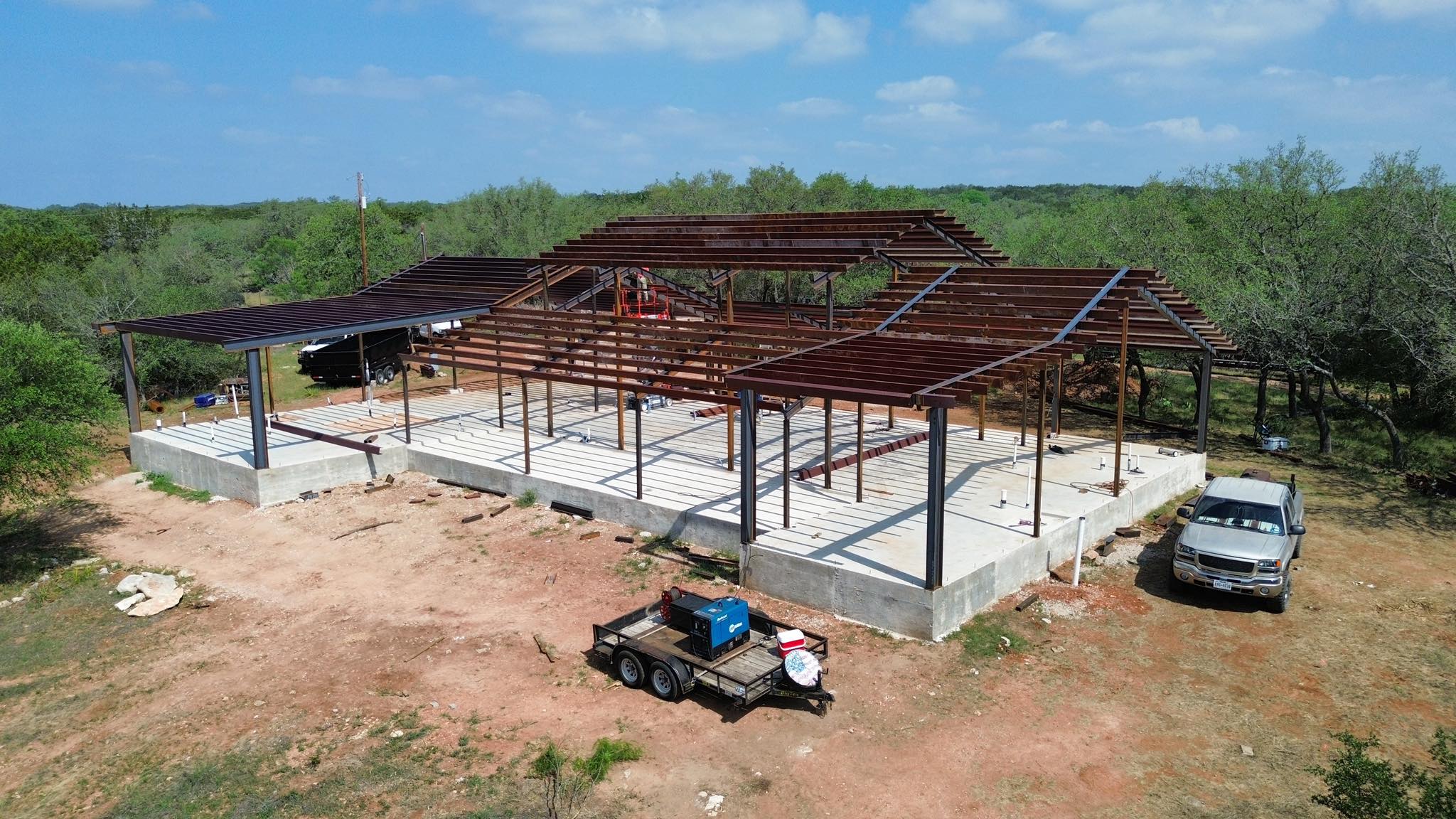
Top Safety Practices for Efficient Welding Operations Aug 13, 2025
When embarking on any welding task, preparation is the first line of defense. It is vital to ensure all equipment and materials are in optimal condition. Regular maintenance checks on welding machines, inspection of cables, and verification of gas cylinders are necessary for preventing malfunctions. Furthermore, storing flammable materials properly, away from sparks, is crucial in mitigating fire hazards.
Personal Protective Equipment (PPE) is the cornerstone of safety in welding. Wearing the right gear can prevent severe injuries. At a minimum, welders should have welding helmets with appropriate lens shade, flame-resistant gloves, long-sleeved shirts, and safety boots. Helmets protect the eyes and face from the harmful effects of UV and infrared rays emitted during welding. Meanwhile, flame-resistant clothing minimizes burn risks, ensuring the welder's skin remains safe from sparks and heat.
A well-ventilated workspace plays a critical role in maintaining a safe welding environment. Adequate ventilation prevents the harmful buildup of fumes and gases. Investing in a high-quality exhaust system or portable fume extractor helps in maintaining air quality. At C&C Fabrication and Welding LLC, we stress the importance of measuring exposure levels of hazardous substances, adjusting ventilation methods accordingly to ensure a safe working atmosphere.
Understanding the materials being welded is another essential safety practice. Different metals and coatings can release hazardous fumes when welded. It is crucial to identify these materials beforehand and take appropriate precautions. This may involve switching to a safer welding technique, adjusting ventilation, or using specific respiratory protection equipment. For example, working with galvanized steel without proper precautions can lead to "metal fume fever," a situation a well-informed welder can avoid.
Training and education are indispensable components of a safety-focused welding operation. Regular safety briefings, workshops, and certification renewals keep all team members informed about the latest safety standards and practices. Encouraging an open dialogue about safety allows welders to share experiences and suggestions, cultivating a culture of continuous improvement.
Conducting risk assessments routinely allows for the identification of potential hazards before they become actual problems. These assessments should evaluate the work environment, procedures, and equipment. A proactive approach to risk management involves not only identifying hazards but also implementing corrective actions swiftly.
In conclusion, adhering to comprehensive safety practices in welding operations is a shared responsibility that benefits everyone involved. By implementing these guidelines, C&C Fabrication and Welding LLC ensures a safer, more efficient workplace. The emphasis on preparation, proper use of PPE, ventilation, material knowledge, training, and risk assessment forms the bedrock of our commitment to safety. By aligning with these principles, welders can focus on delivering quality work, assured in the knowledge that their well-being is safeguarded. This not only upholds the health and safety of each team member but also guarantees the consistent production of superior work, reinforcing our reputation as industry leaders in welding services.
/filters:no_upscale()/filters:format(webp)/media/c7dbfef4-9cbf-42a2-949a-750a1db6ef4a.jpeg)